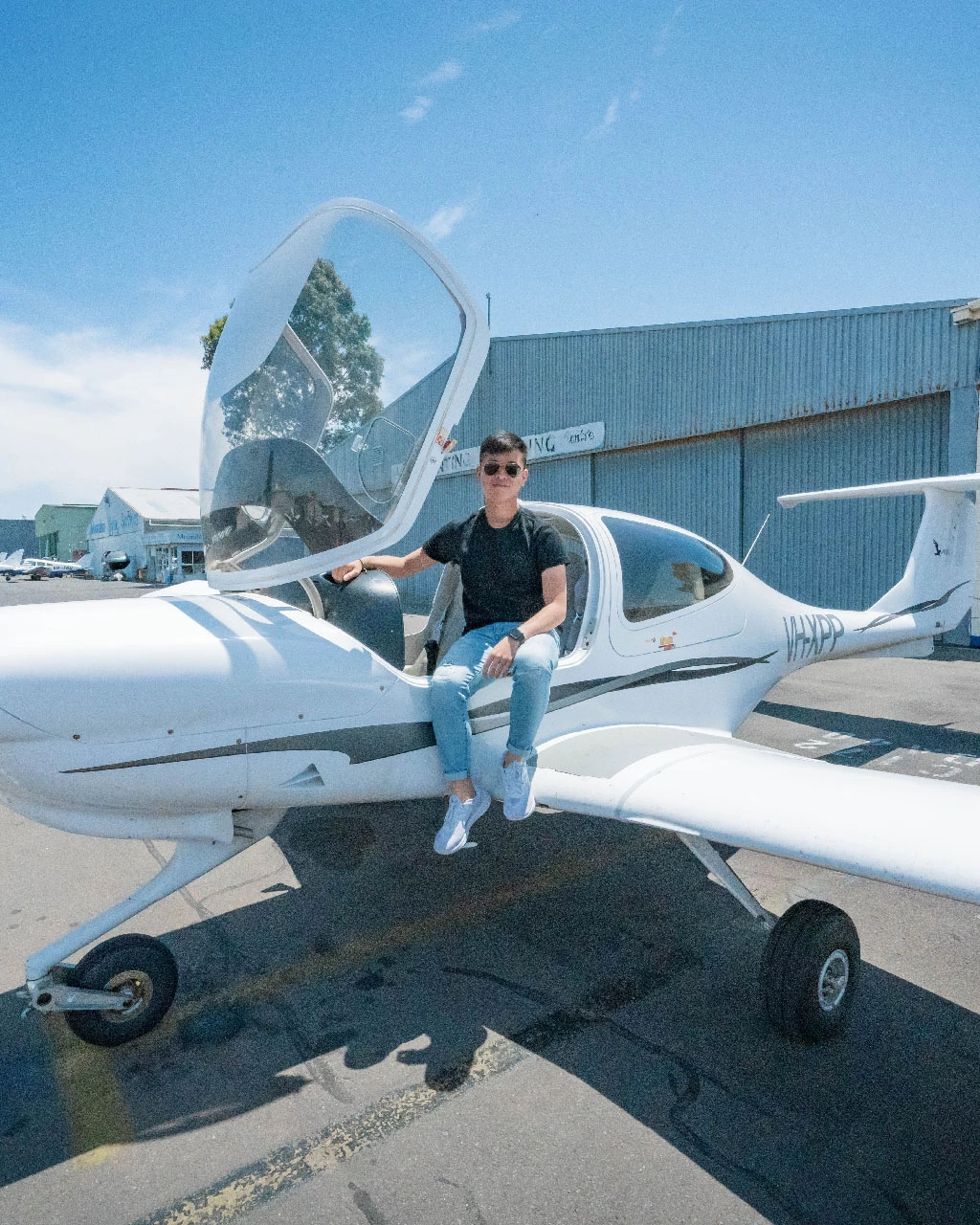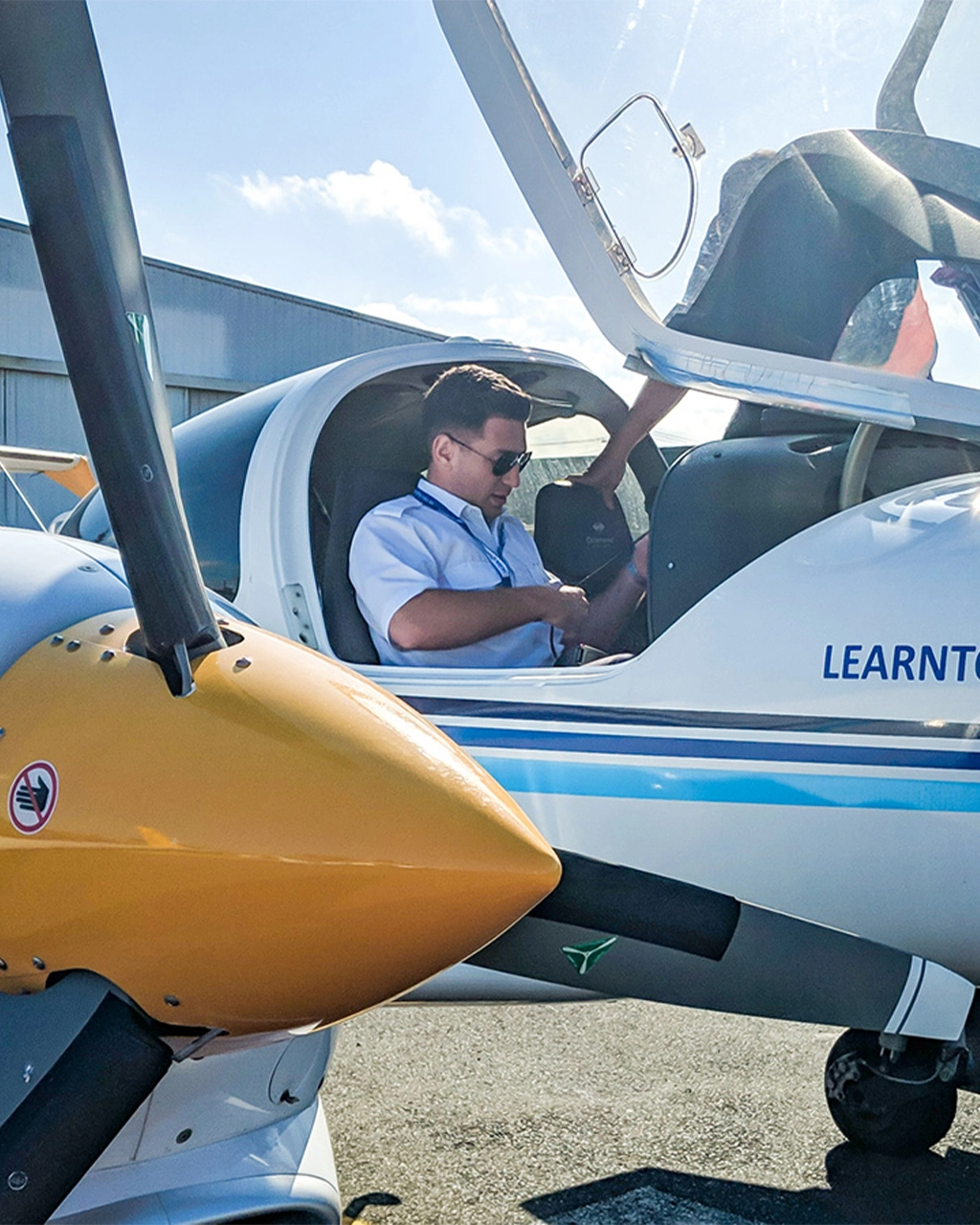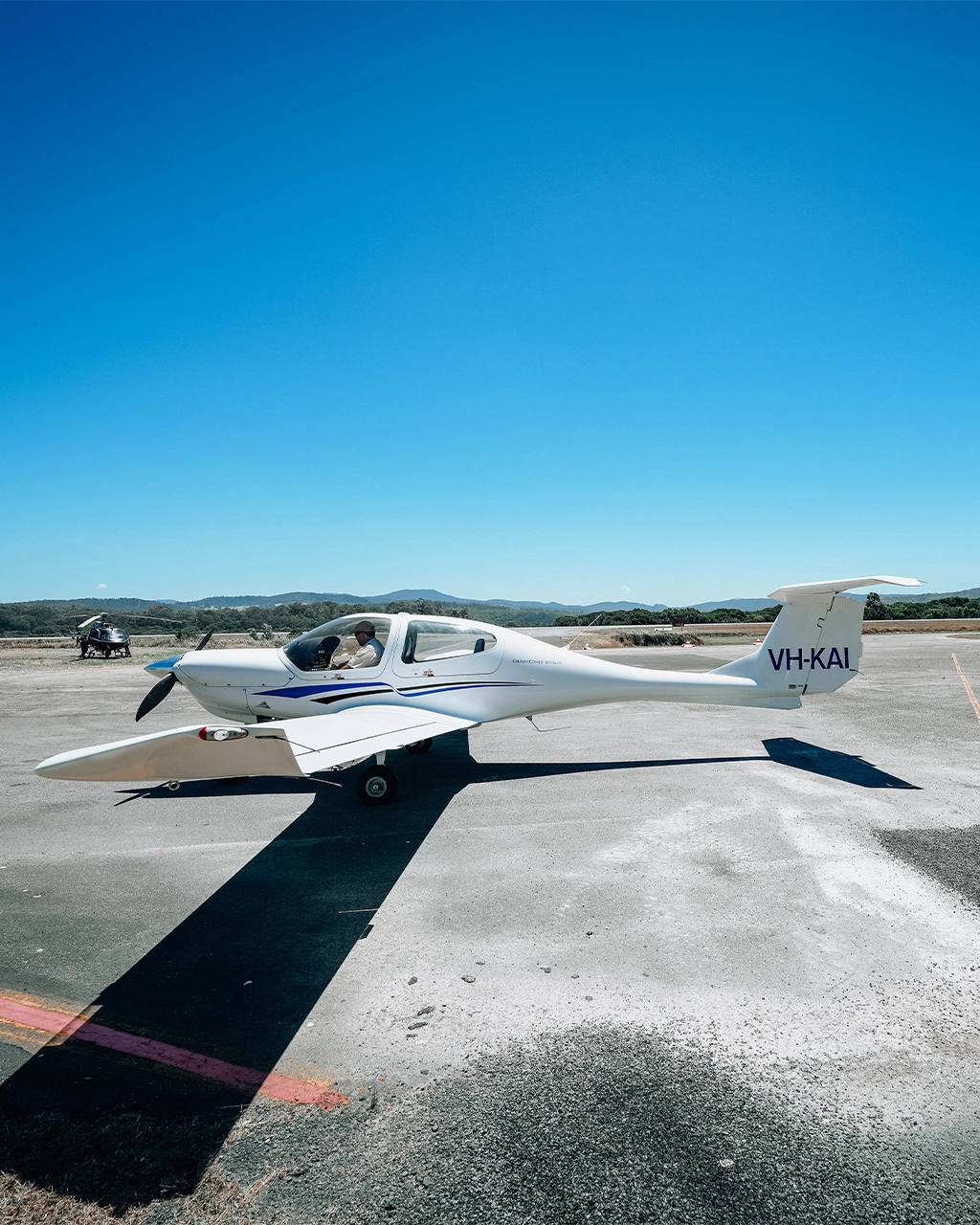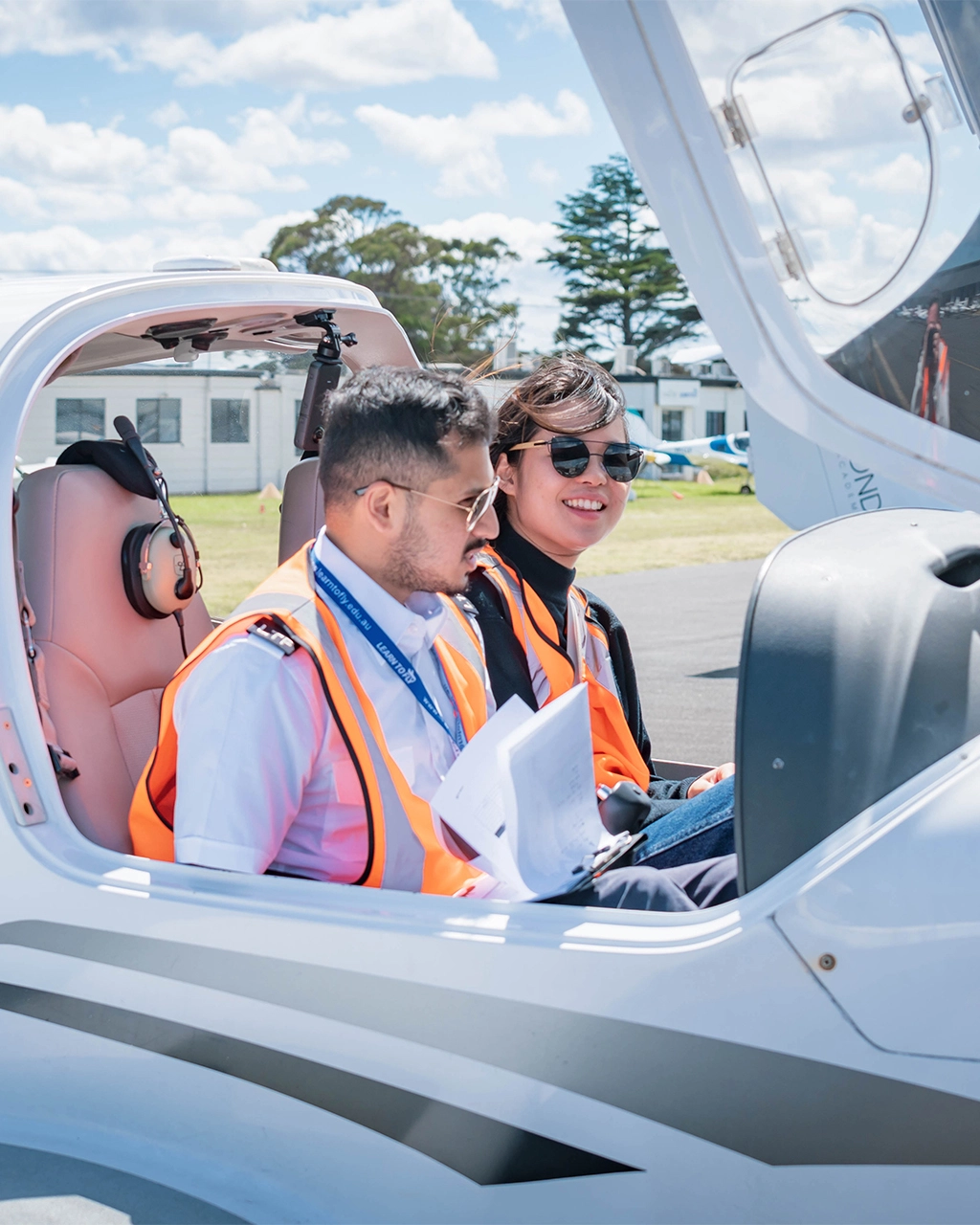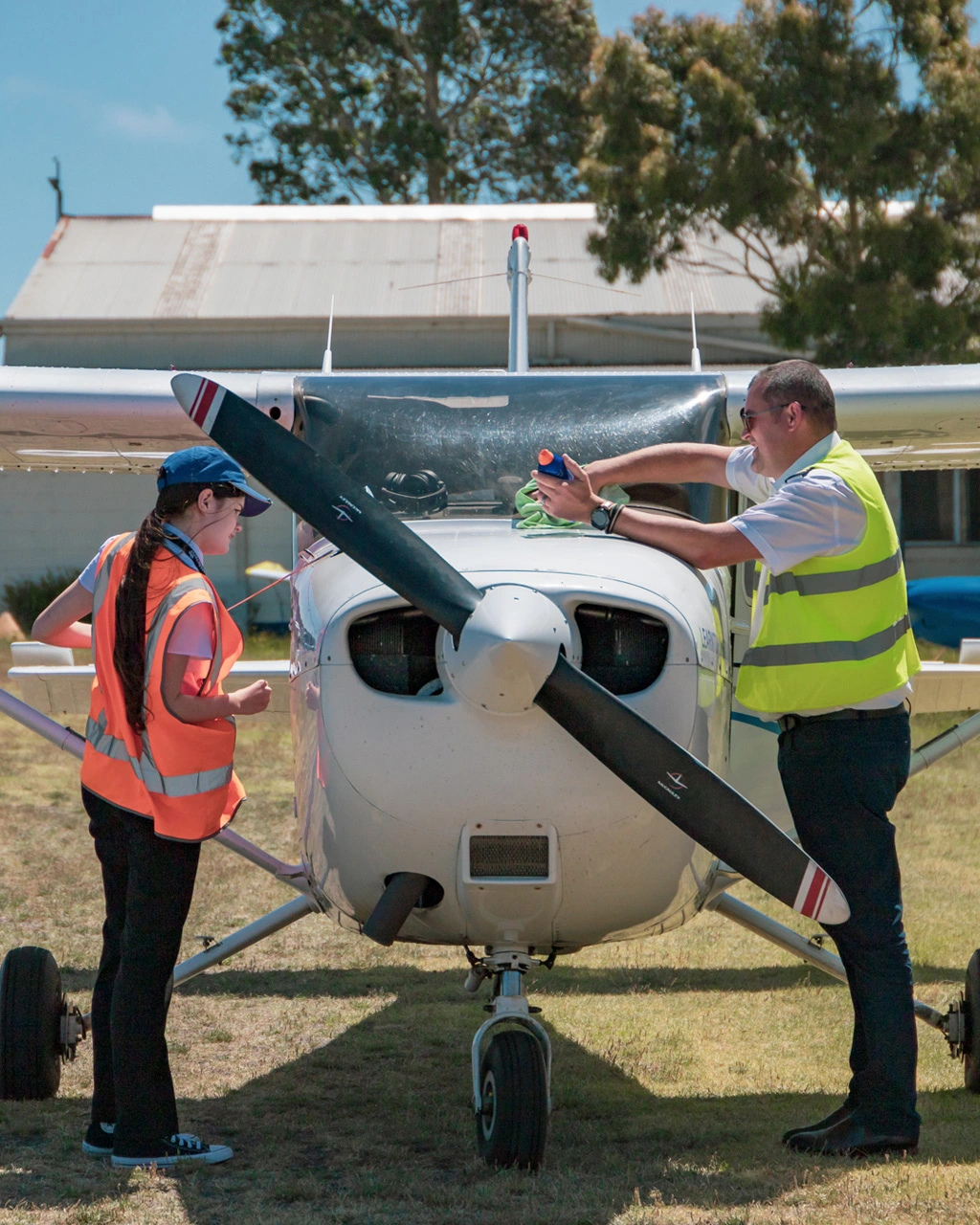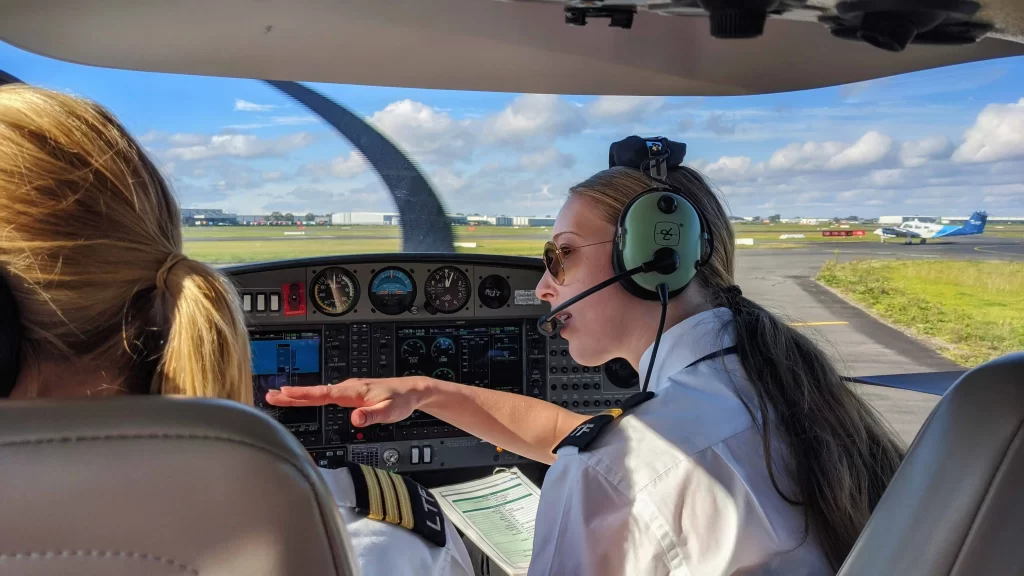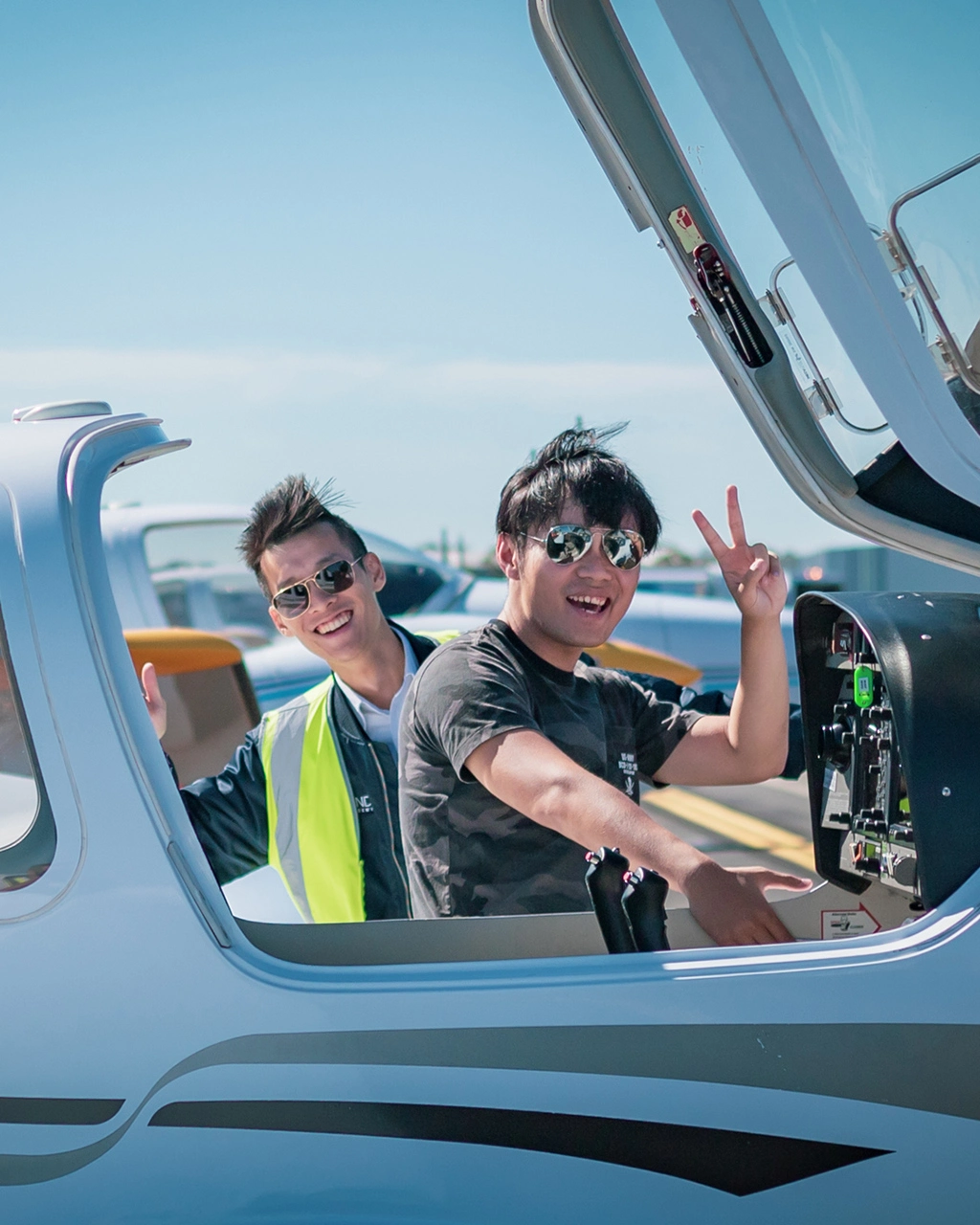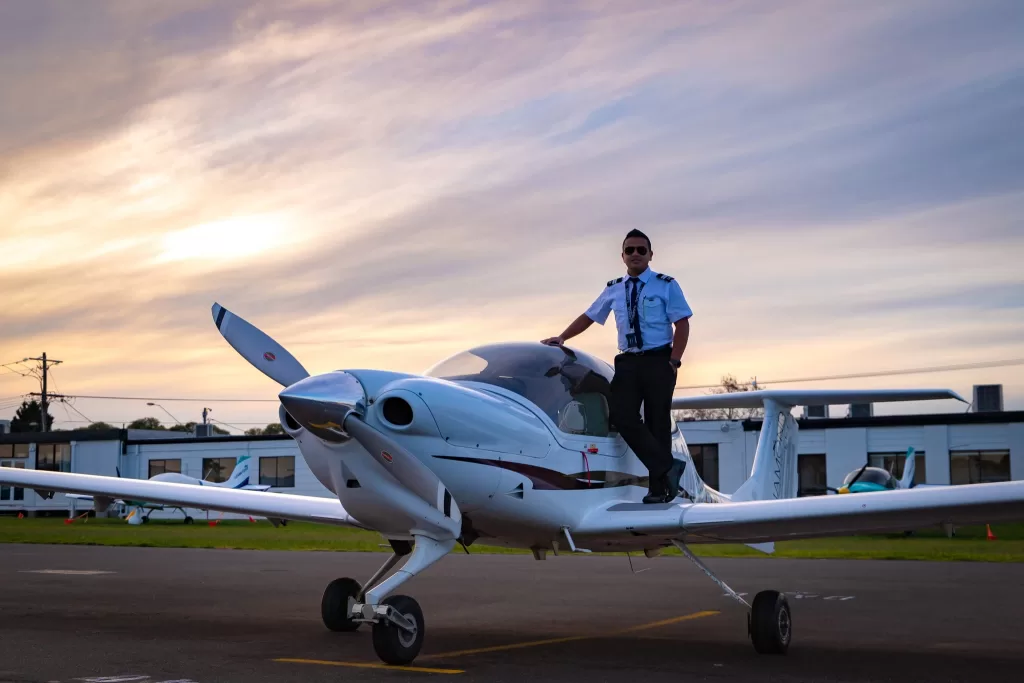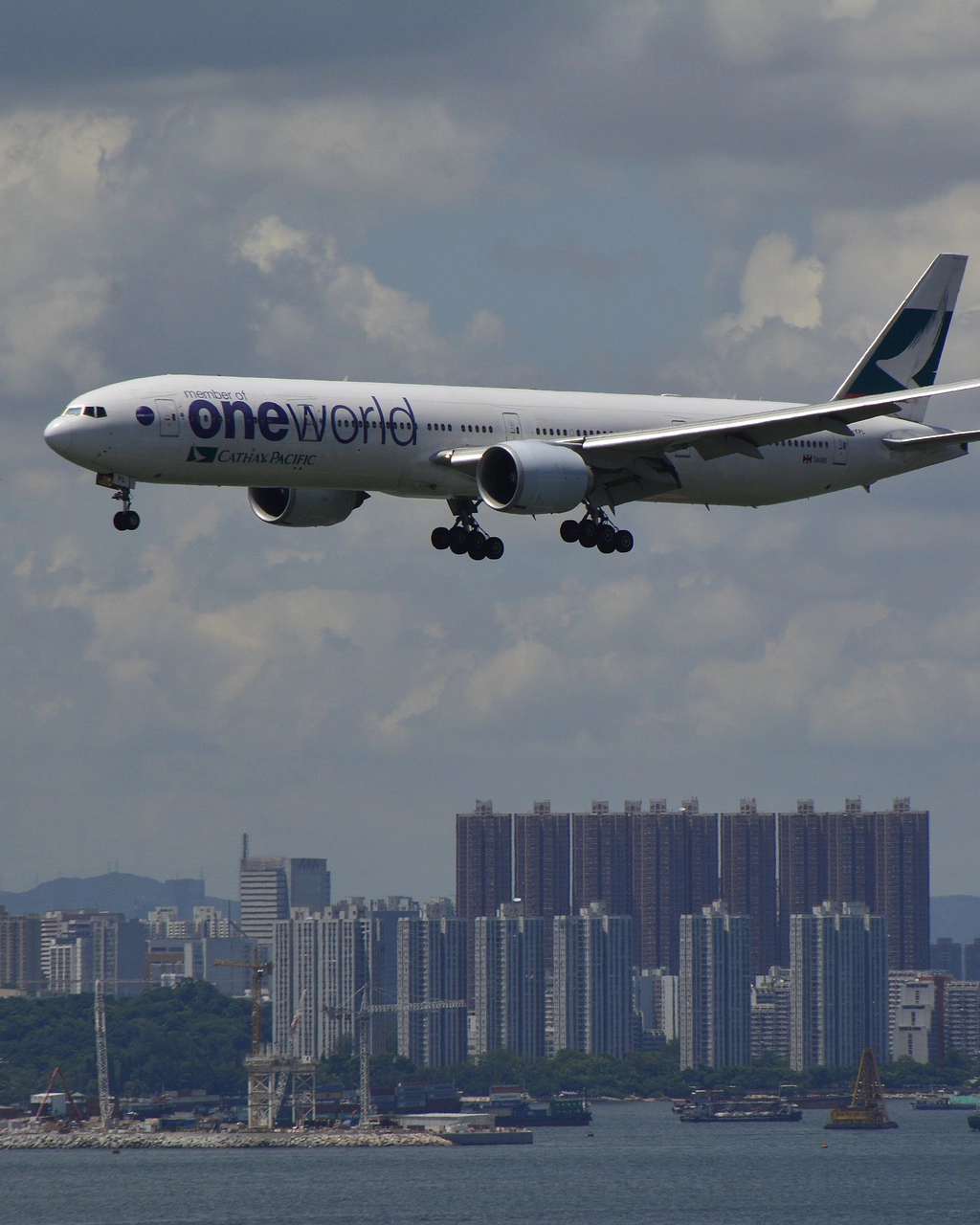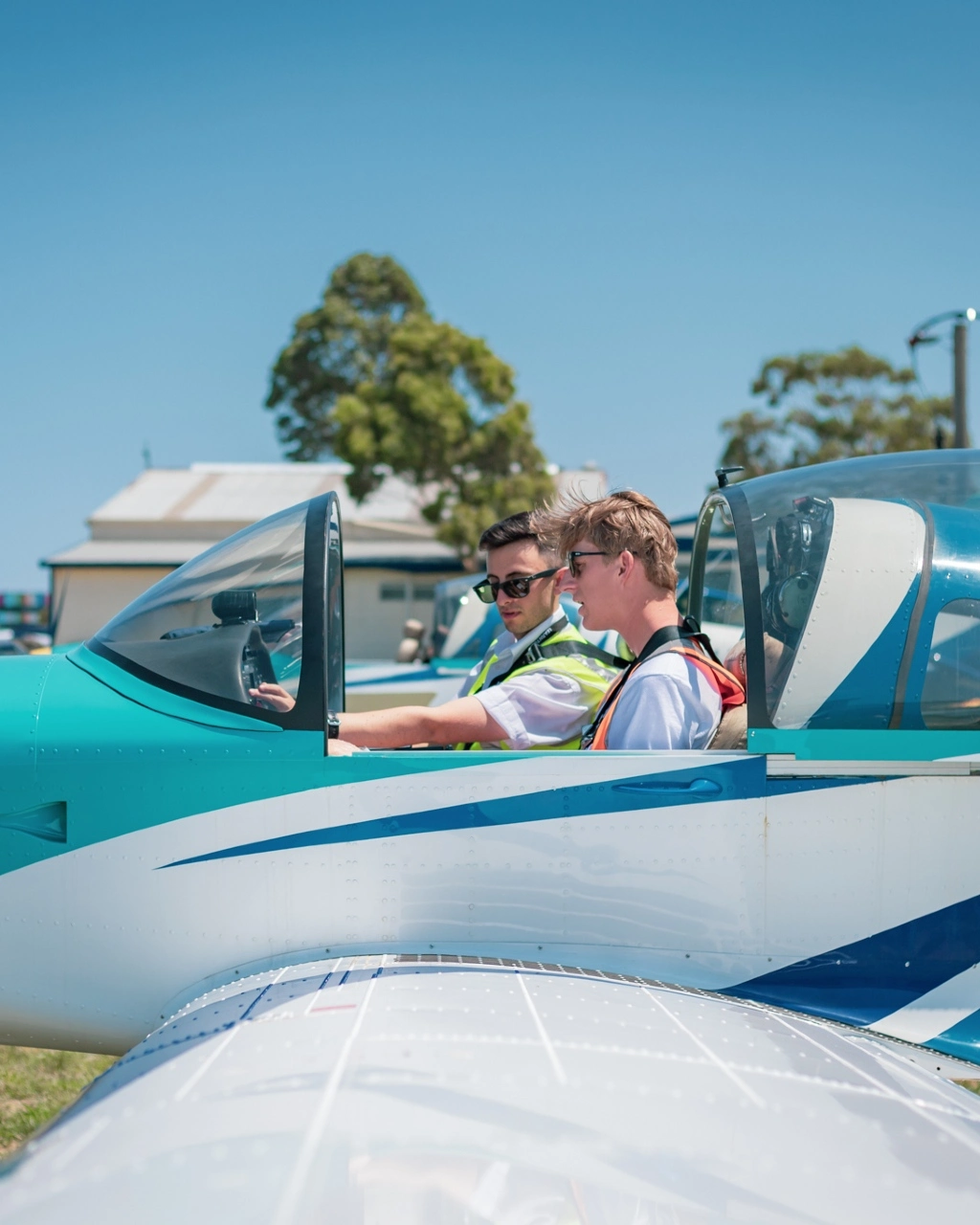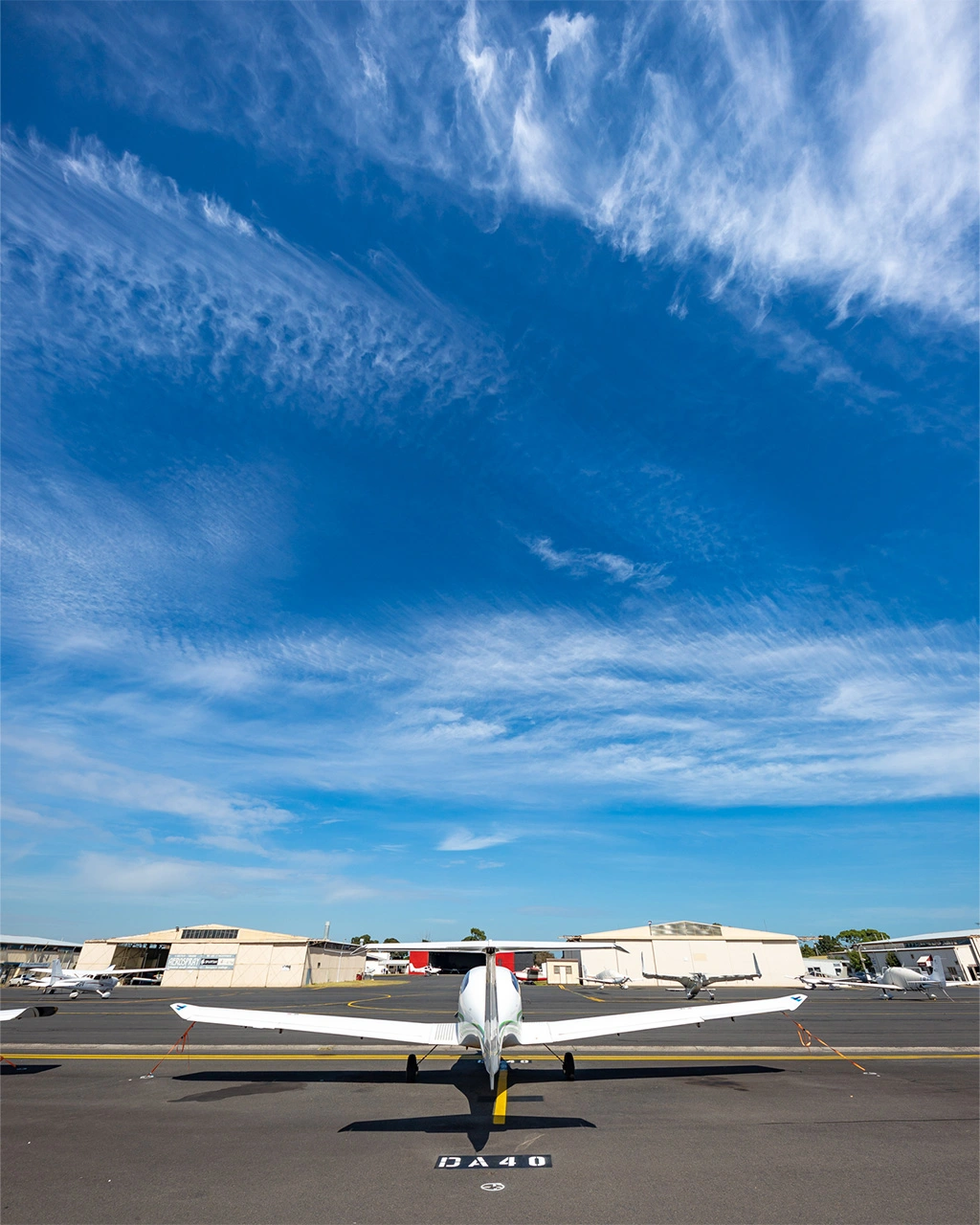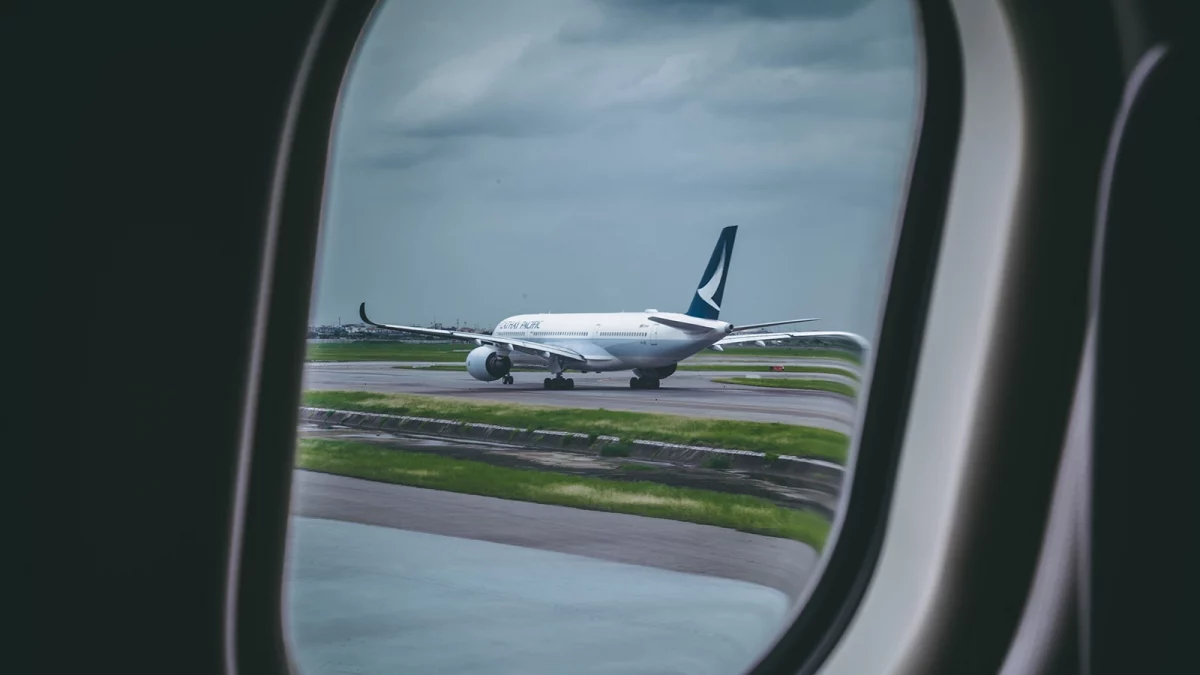At $6 – 8 per minute in the aircraft, aviation training can seem expensive. There are a number of ways to save on money, and here’s we’ll focus on training efficiency. Training efficiency means two things. Firstly, you save money. Secondly, it means you can sooner achieve competency and minimum course requirements – which means you save time! For your entire aviation journey, recreational or professional, it’s important to ensure you’re getting the most out of your money.
So, let’s answer a question – how do I undertake my flight training more efficiently?
Preparation Is Key
When you’re in the cockpit and paying by the minute, you can make every second count by preparing for the lesson. On YouTube alone, there are video explanations and tutorials for almost every facet of flying. If you speak with a student who completed their course 10 or 20 years ago, they’ll tell you that the volume of educational content available to you today far outweighs what was available to them. If you’re unsure about a topic, such as how lift is generated, a brief Google search will provide you with a clear explanation at your fingertips.
To help our students train more efficiently, we have created free aviation training videos in English and Cantonese on our YouTube Channel – check it out!
Lesson Video Briefings
For our Recreational Pilot Licence (RPL) and Private Pilot Licence (PPL) students, Learn To Fly provides a video briefing before each lesson. The briefing gives them an understanding and expectation of what they will be doing in the lesson, prior to their arrival at Learn To Fly.
For example, if they are going to undertake a Climbing and Descending lesson, they need to understand why the aircraft can climb and descend, and what they need to do in the aircraft during climbs and descents. By watching the video briefings and searching through learning content, they have more time to prepare for the lesson and absorb the information. This also means that there’s less to try to absorb and understand on the day, which means they can focus on the tasks at hand.
By focusing on the tasks at hand, they can learn and master skills more efficiently. If you think about it, anything you can learn outside of paid time (classroom or cockpit) means you save time and money during your lessons!
Video Tutorials
In addition to coursework and curriculum-based content, we also cover other video topics to help you with efficiency with your experiences in and around Learn To Fly. For example, we have videos that discuss and present the Moorabbin Airport Inbound and Outbound procedures, how to refuel the aircraft – we even have videos showing how to conduct a pre-flight check for every aircraft in our fleet!
Online Theory Courses
In addition to our video tutorials and lesson briefings, we have more in-depth course information in our Online Theory Courses. These are online aviation training courses we have tailored towards students who are completing training for their RPL, PPL, CPL and Instrument Rating.
We understand that it’s hard to make the time for theory and training each week, particularly those with commitments such as a full-time job. So, we have created the Online Theory Courses to allow students to focus on their theory lessons anytime, anywhere!
What Else Can Help Me With My Aviation Training, Managing Costs and Efficiency?
We’re glad you asked! Depending on your aviation goals, there are lots of considerations – but we have produced a number of easy-to-read tutorials to walk you through these options and considerations. Here are some other topics that are worth exploring to help you out. As always, you can reach out to us anytime at Learn To Fly – we’re here to help!
- The Benefits of Online Flight Training Courses
Read about saving by completing your aviation theory online.
Split Your Flight Training Costs into Interest-Free Instalments from Learn To Fly and SplitIt
Balancing the financial aspect of studying can be a big task. Here, we’ll talk you through an interest-free option to assist with your education.
Aviation Schools in Melbourne: Why Learn to Fly is Your Best Bet
The aviation school you choose will make a big difference to your aviation journey. Here’s why you should learn with the best!- Learn To Fly: Flight Training Courses For Every Pilot
Whether you’re looking at recreational or commercial aviation, we have a course for you. Here are the pathways and career options for pilots operating in Australia.
Top Tips to Prepare You for Solo Flight Training
We cover the best advice to get you solo – read on for everything you need to know!
Chat to one of our flight training specialists to get your pilot training off the ground. Email [email protected] or go to https://drift.me/learntofly/meeting to book a meeting and school tour.









